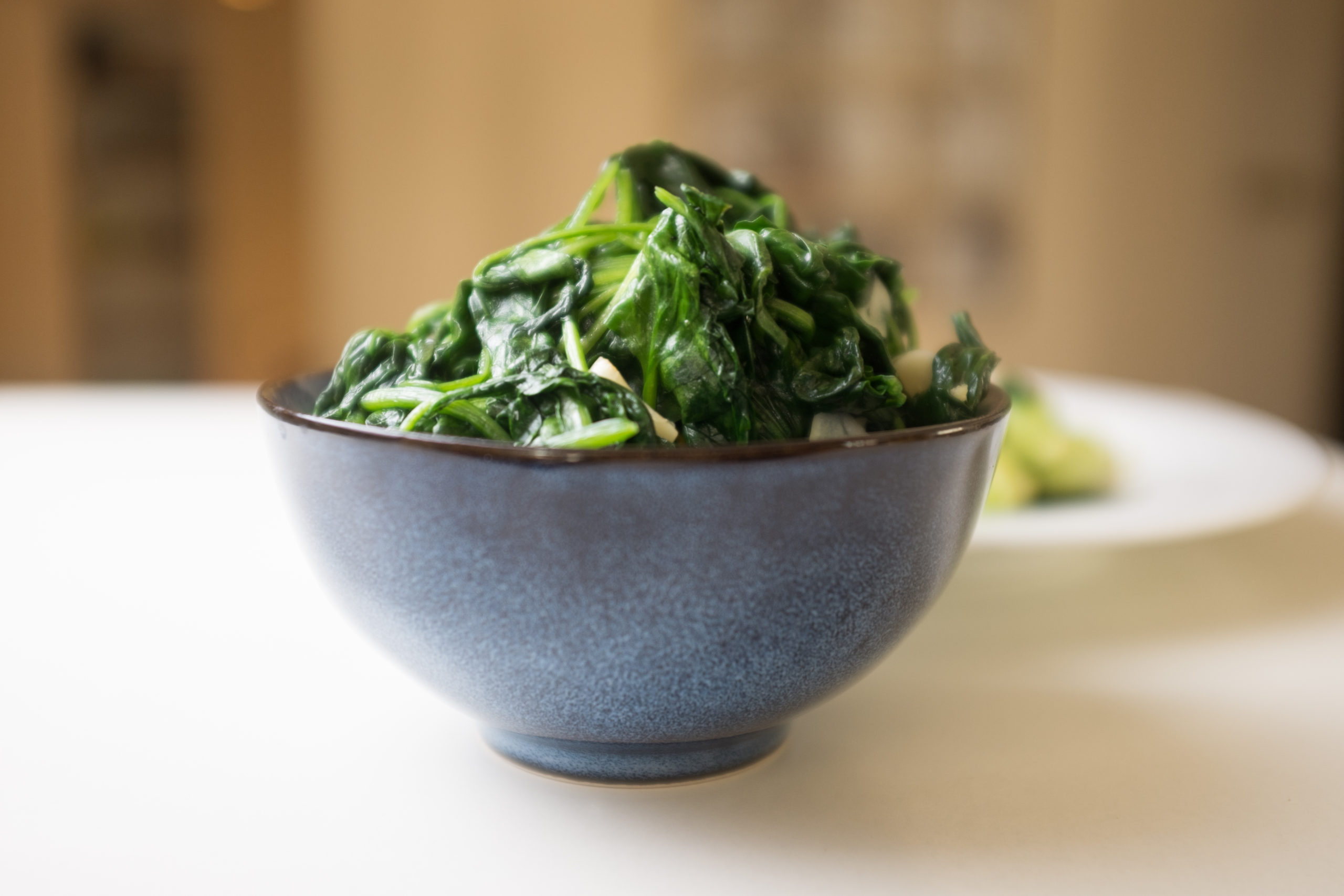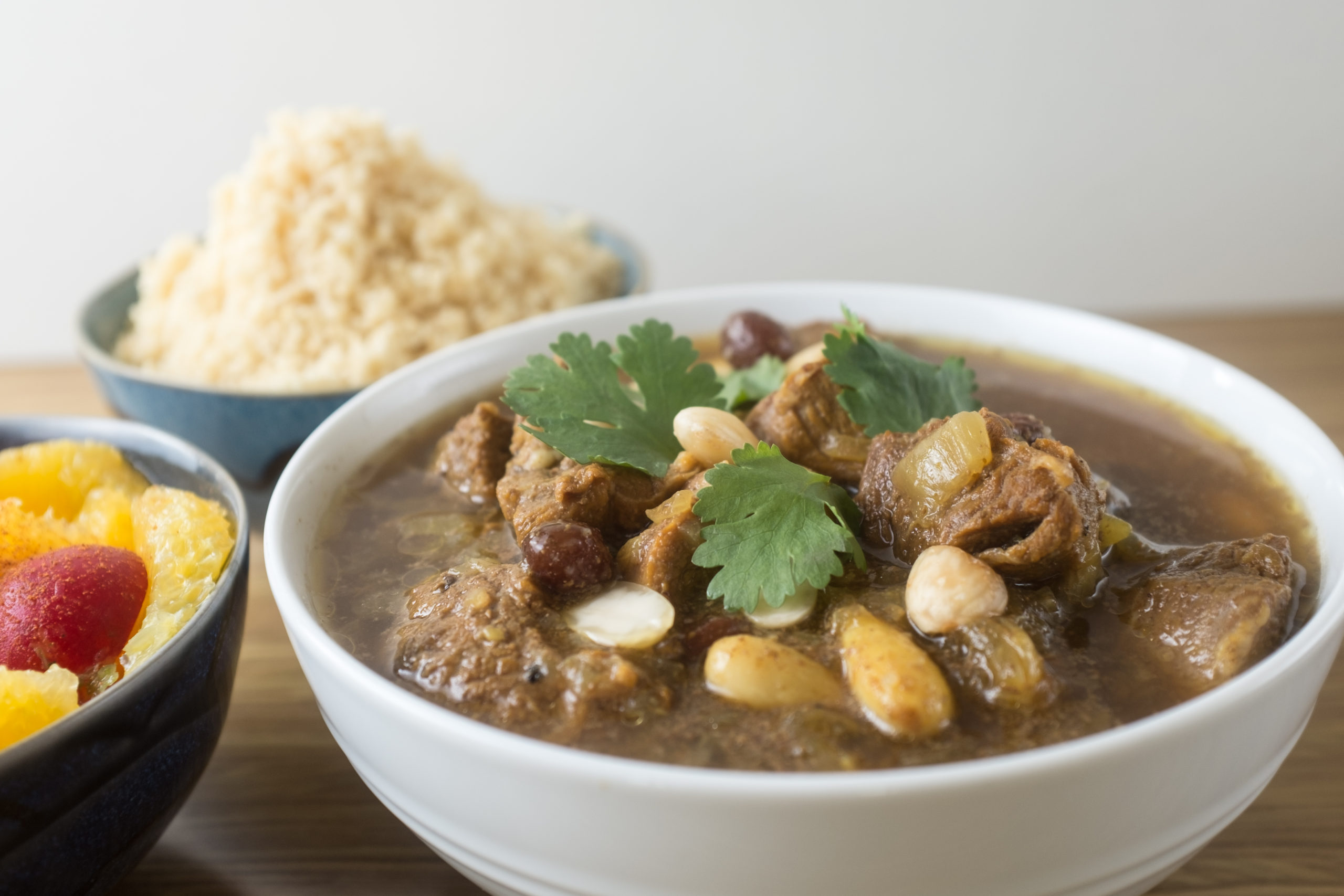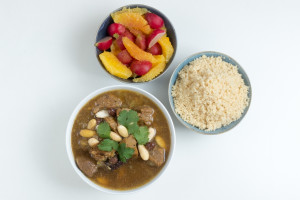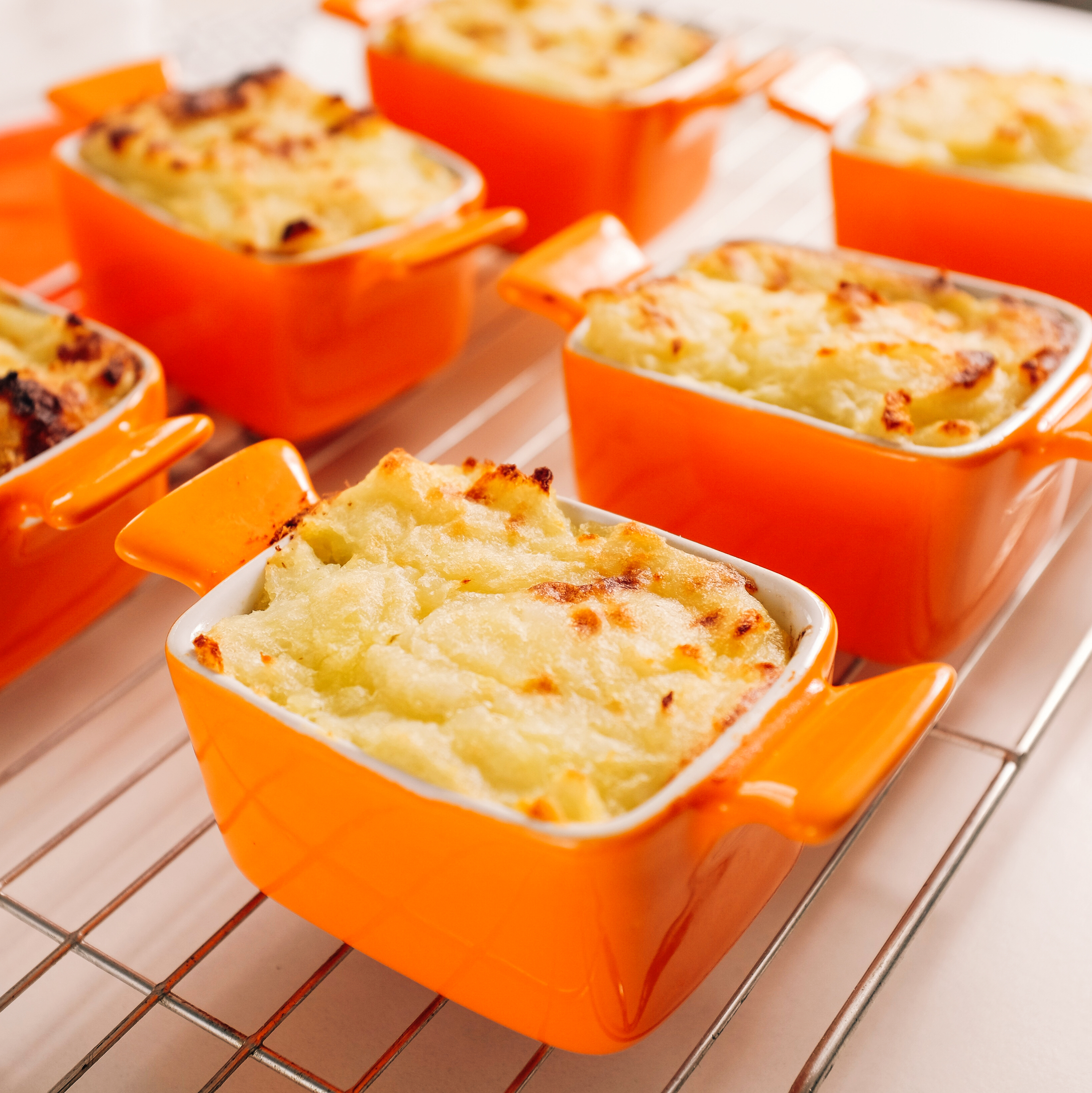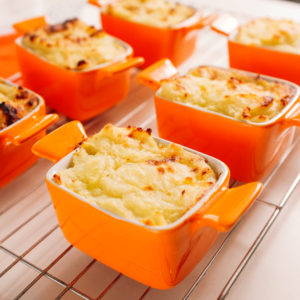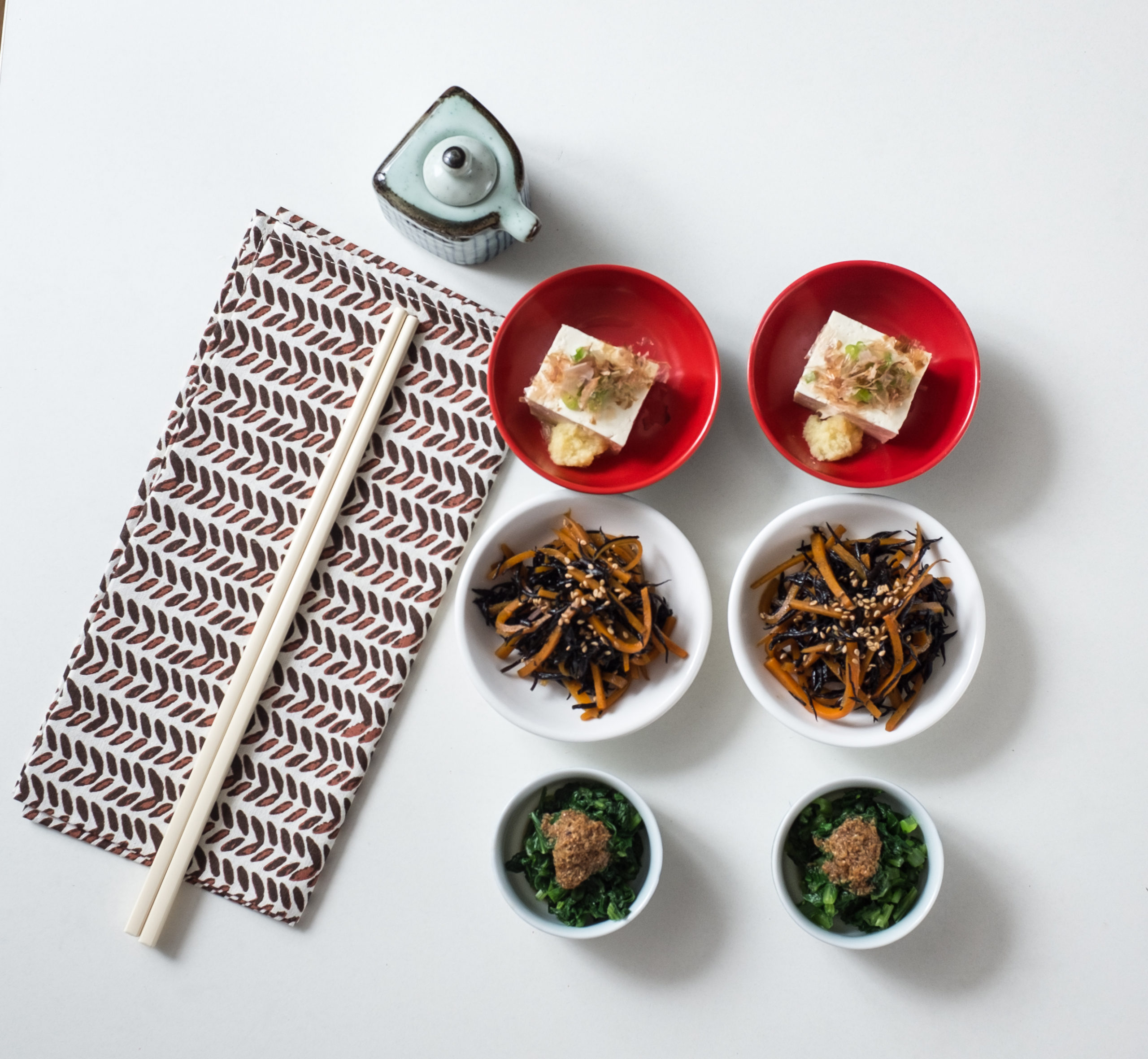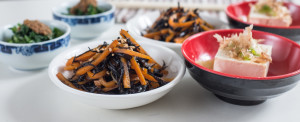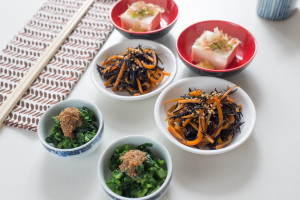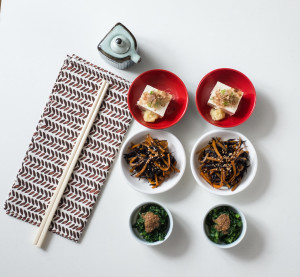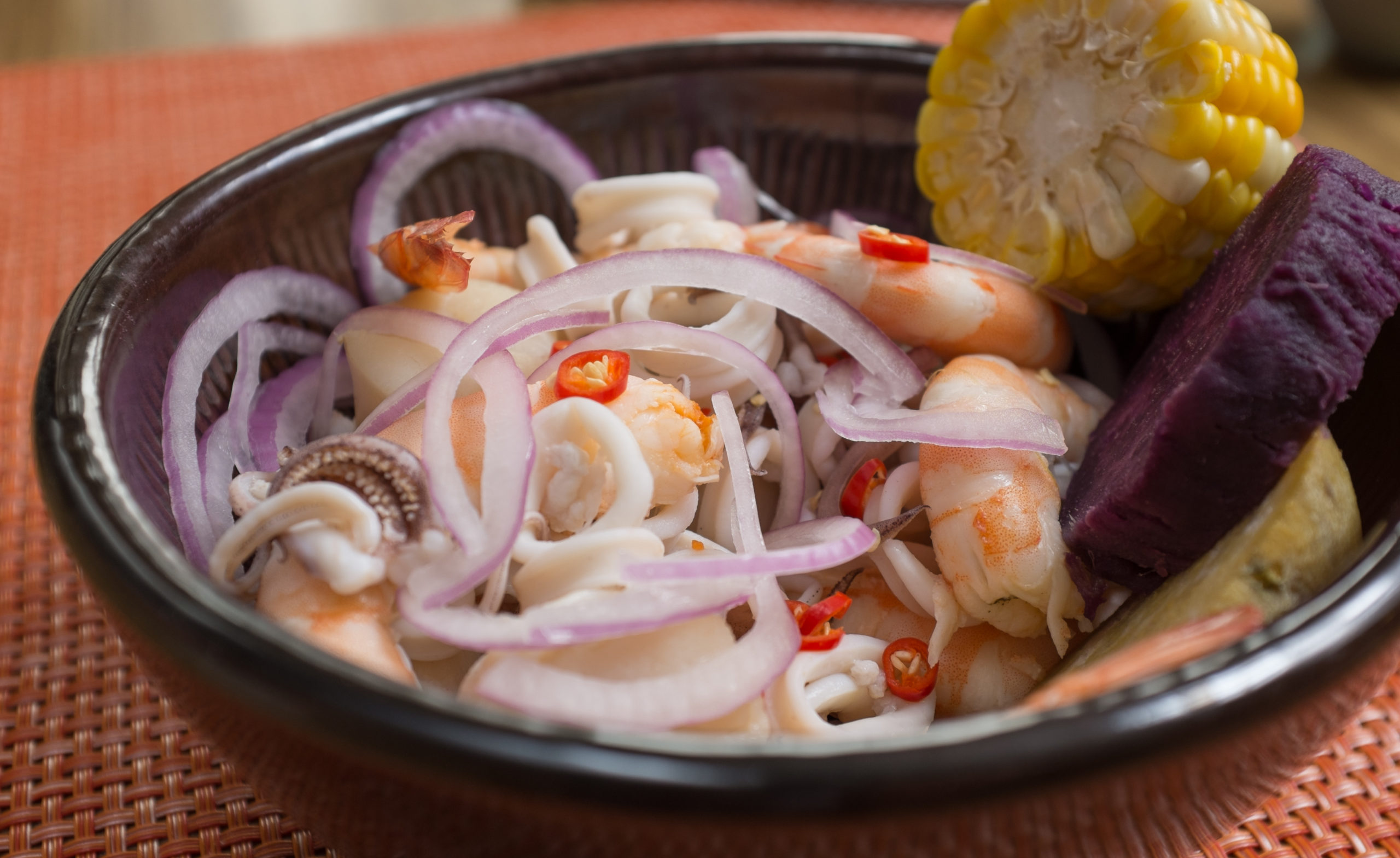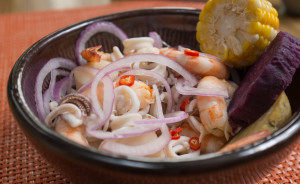After a long holiday in Europe I have to admit that I never want to eat potatoes again (we eat way too much of them!) and that I the Chinese and Asians in general have us beat when it comes to vegetables, especially leafy greens. In China, these vegetables like choy sum, bok choy and spinach are transformed into delicious and appealing dishes. We, in the West eat vegetables sparingly and hence we have created enormous problems in terms of obesity, diabetes type II and all the illnesses associated with them.
The ready-made food aisles have gotten longer and the fresh part of the supermarket smaller and smaller. Worse still we are at the hands of corporations who have us hooked and who spend hundreds of millions of dollars on manipulating our cravings. Once you go down the route of processed food it is very hard to get back on track.
I recently read Lorraine Clissold’s “Why the Chinese Don’t Count Calories” and was enthralled by her experiences in China. She clarified certain things for me: how in China there is a never a main dish item at the table like in the West, how the Chinese eat more calories than Westerners (according to The China Study, which examines the relationship between the consumption of animal products and chronic illnesses), how diet and health are inexorably linked in Chinese cooking (certain ailments require you to eat certain things) and many more fascinating things.
Although this book is out of print you can still find second-hand copies of it flying around.
It is perplexing how we have not taken on more of Chinese healthy every day cuisine to the West: the great variety of leafy greens, the stir-fries, all the varieties of tofu and the multi-dish approach. Fuchsia Dunlop, a famous Chinese food expert complains that Chinese food is consistently underrated.
If you are living in China and want to increase your consumption of vegetables do try to cook some Chinese style. Here are two easy vegetable recipes that I cook at home.

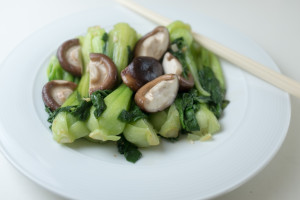
Spinach with ginger and garlic
- 400 grs spinach
- 1 tbsp cooking oil
- 2 tbsp garlic, chopped
- 1 tbsp ginger, grated or chopped
- 1 tsp salt
- 1tsp sugar
Wash spinach throroughtly. Remove stems. Heat wok over high and add oil. When hot add garlic and ginger. Stir fry for 10 seconds being careful not to burn it and add spinach. Stir-fry for a couple of minutes until the leaves are coated in oil. Add sugar and continue to cook for a couple minutes more until the spinach has wilted to one-third of its original volume. Pour off excess liquid and serve on a plate.
Bok Choy with Fresh Shiitake mushrooms
- 300 grs bok choy
- 5 shiitake mushrooms
- ½ tsp potato flour mixed with 1 tbsp water
- 2 tbsp cooking oil
- 2 garlic cloves, chopped
- 2 tbsp grated ginger
Wash the bok choy and cut each head into four quarters length-ways. Remove the stalk and discard and cut cap in half. Bring a big pot of water to the boil and add 1 tbsp of salt. Blanch bok choy and mushrooms until leaves are wilted. Take out and drain. Add oil to the wok and heat. Add ginger and garlic and stir-fry for 10 seconds or so until fragrant. Add mushrooms and bok choy and stir fry for a couple of minutes. In the end add the potato flour mixture and mix. Season to taste.

